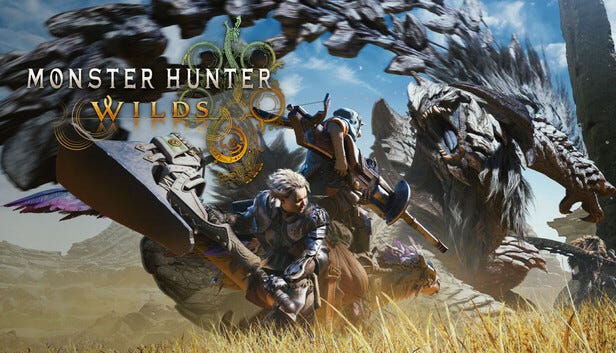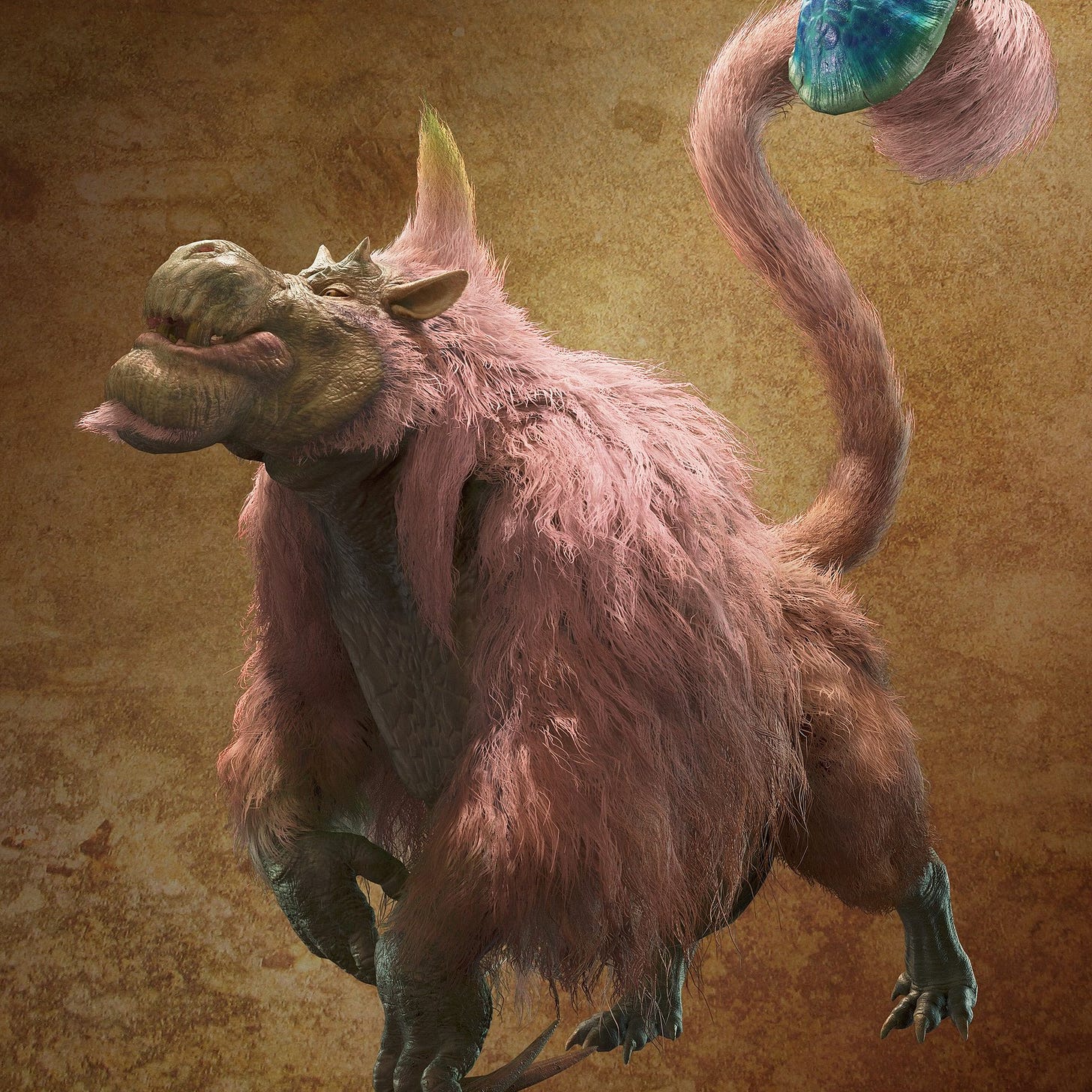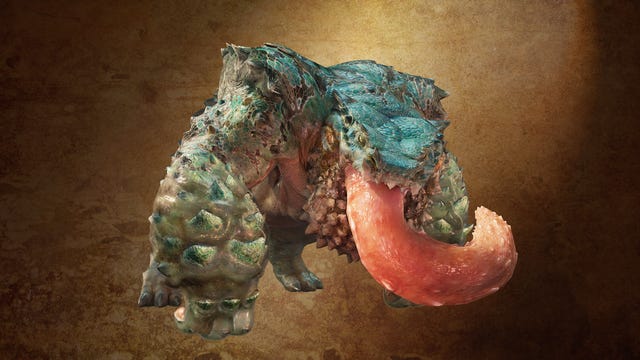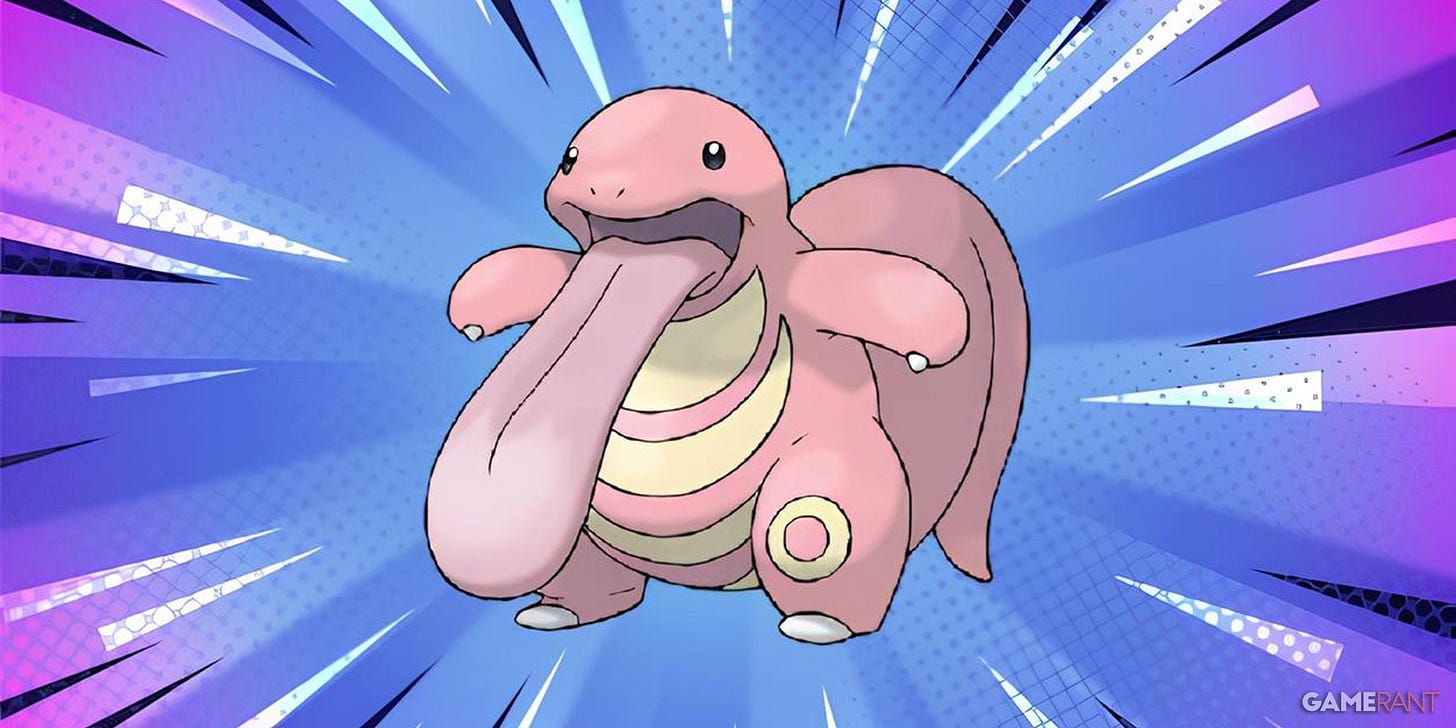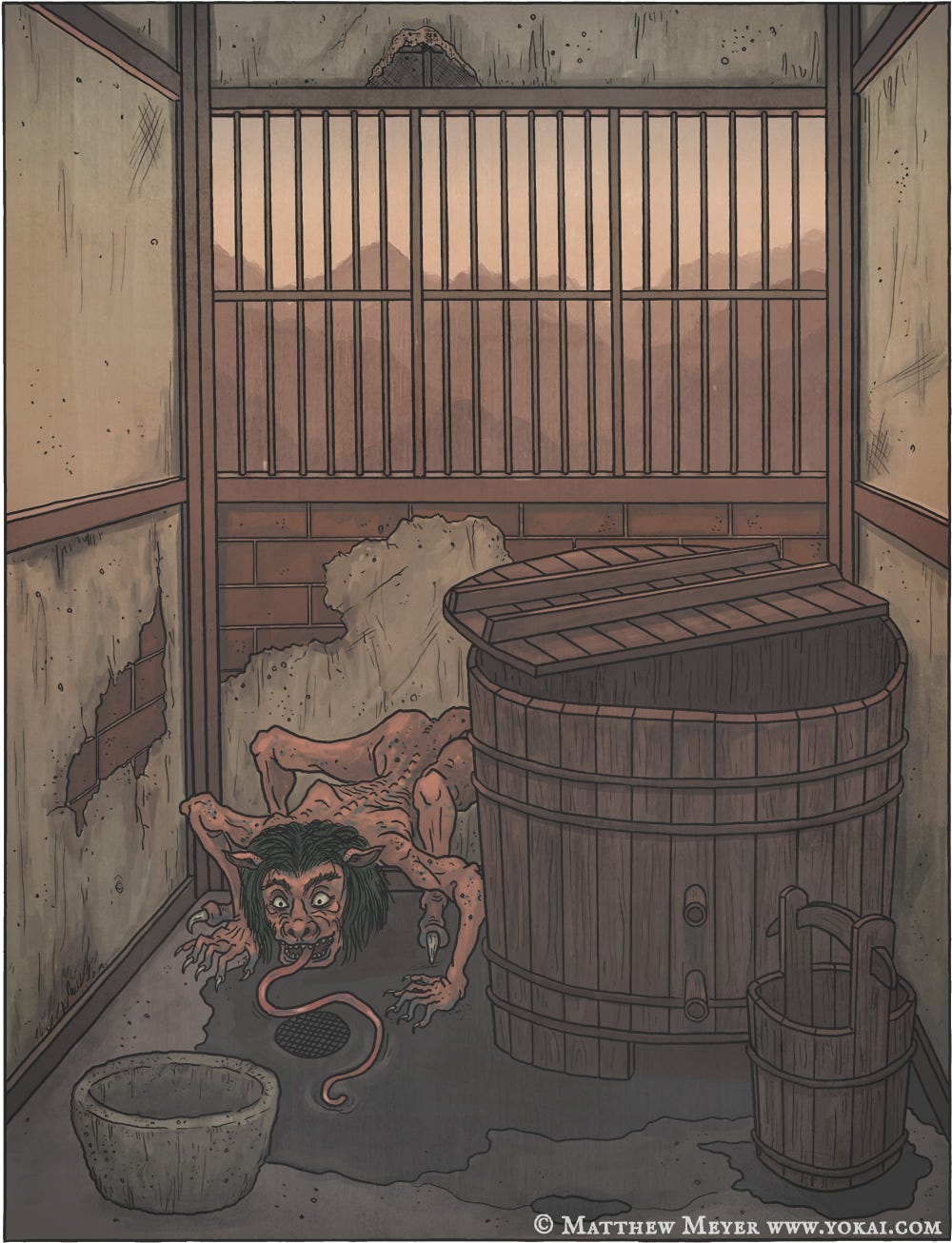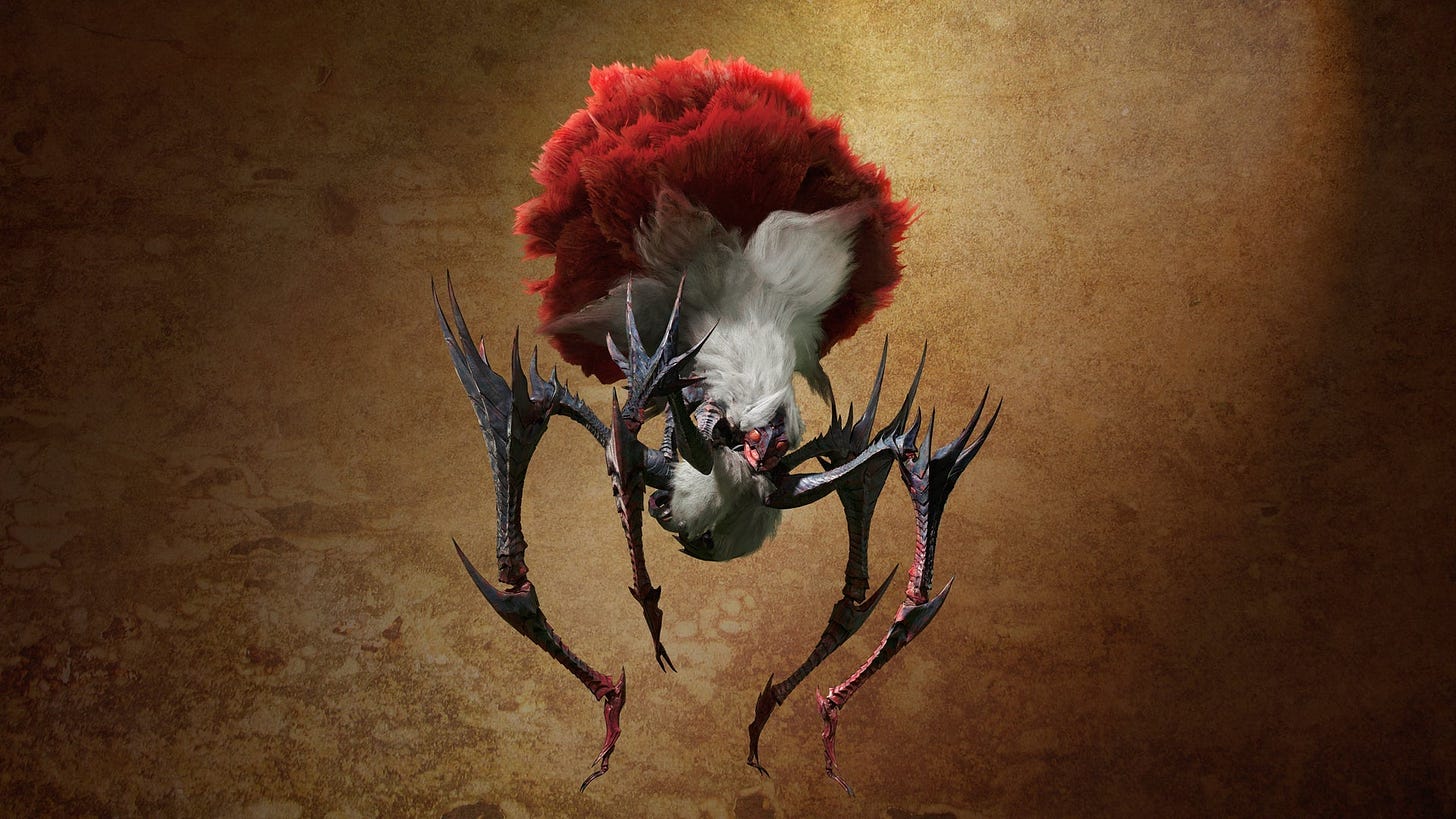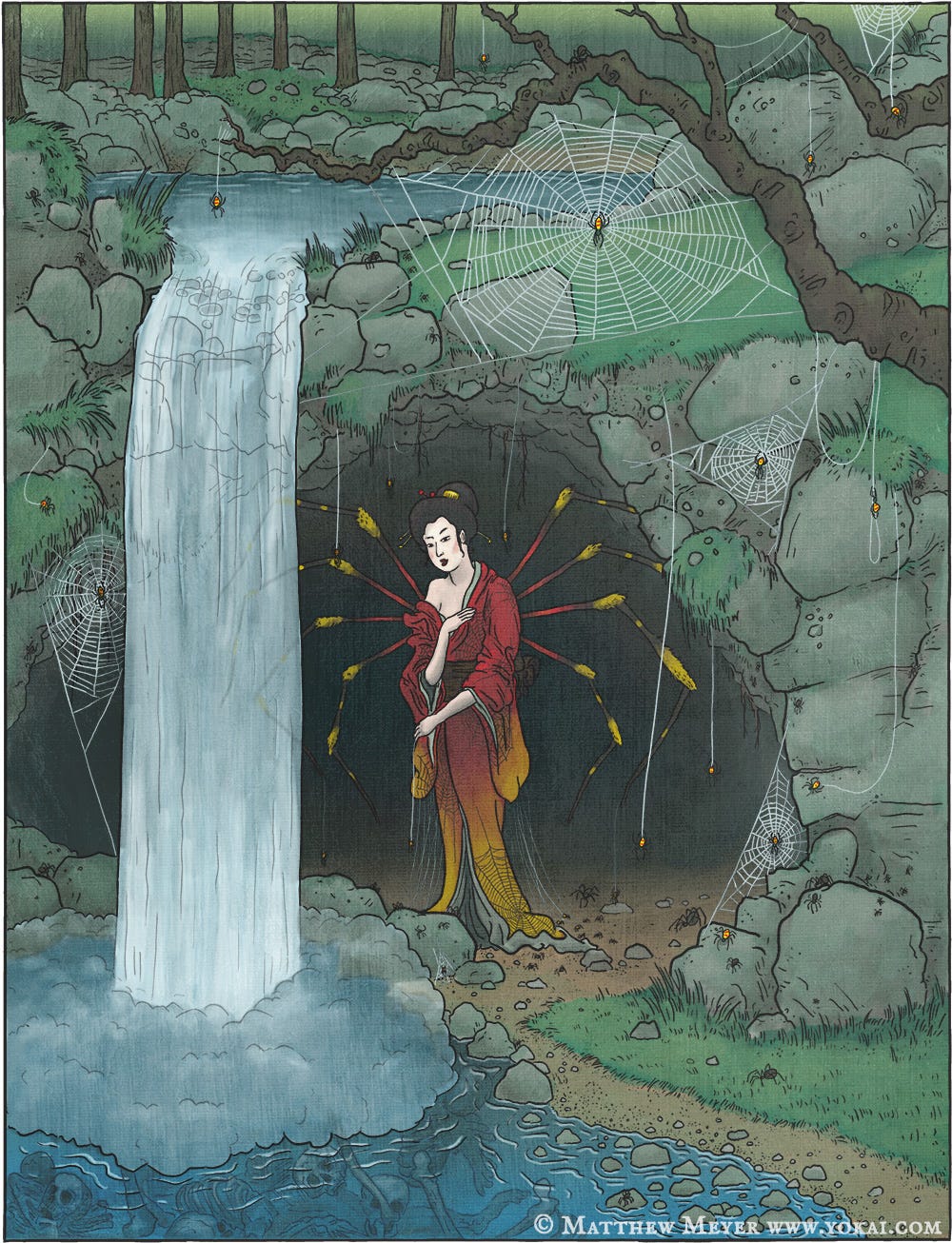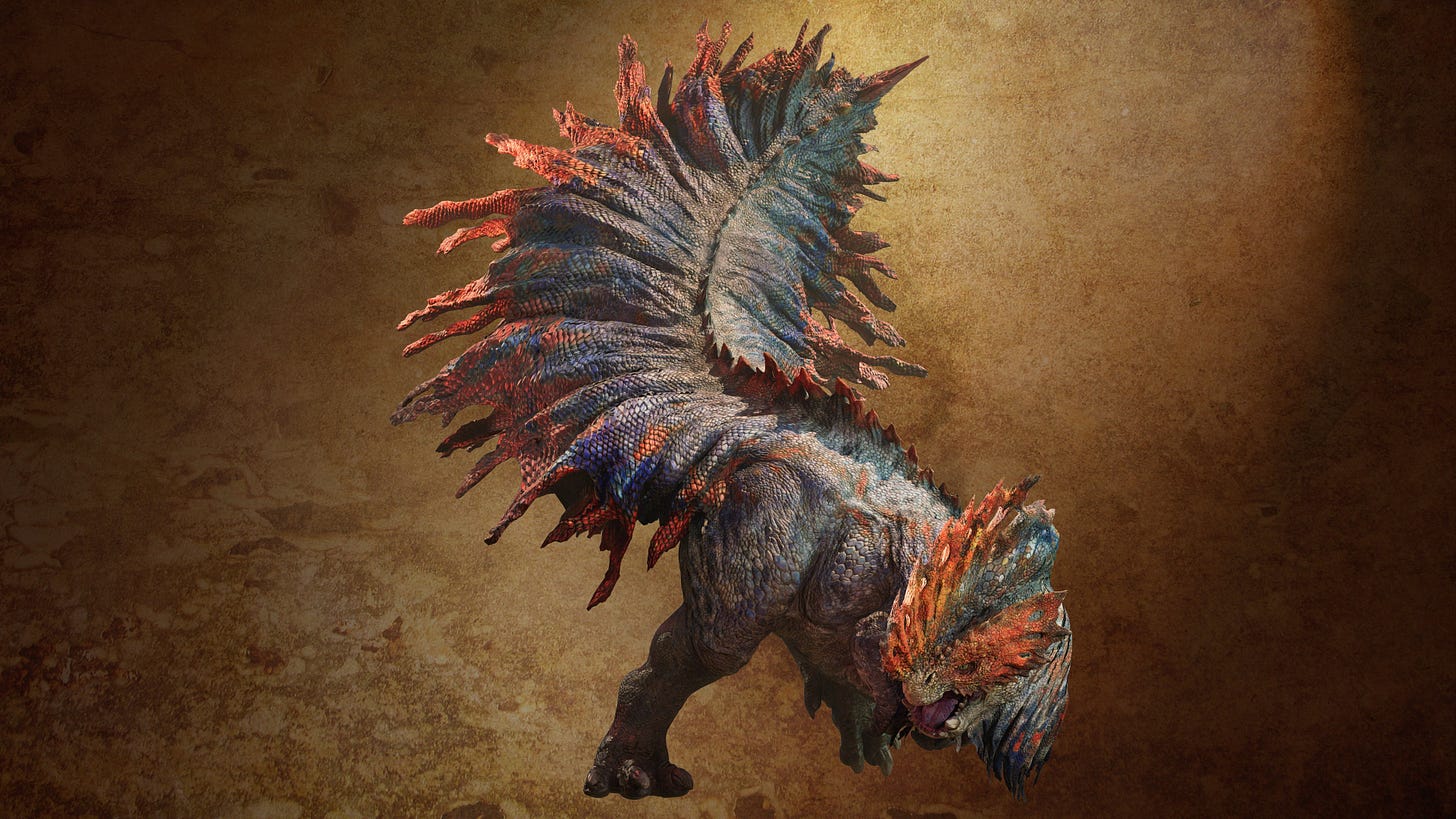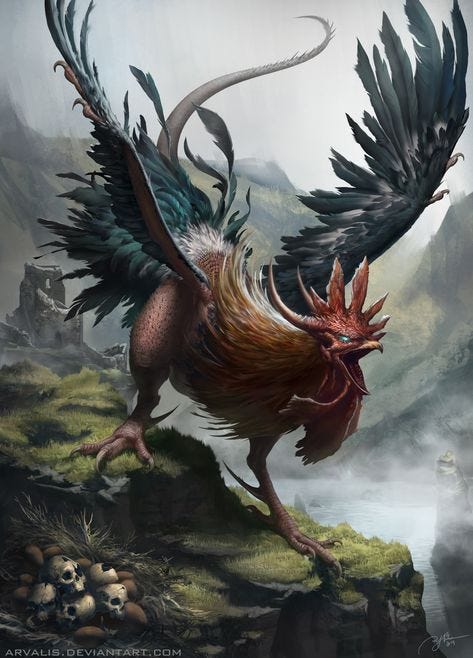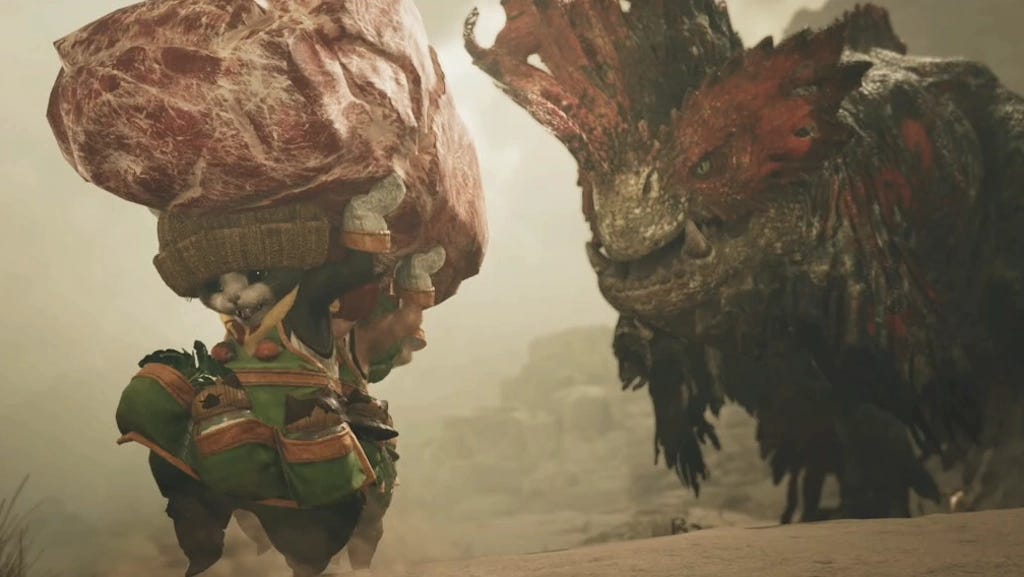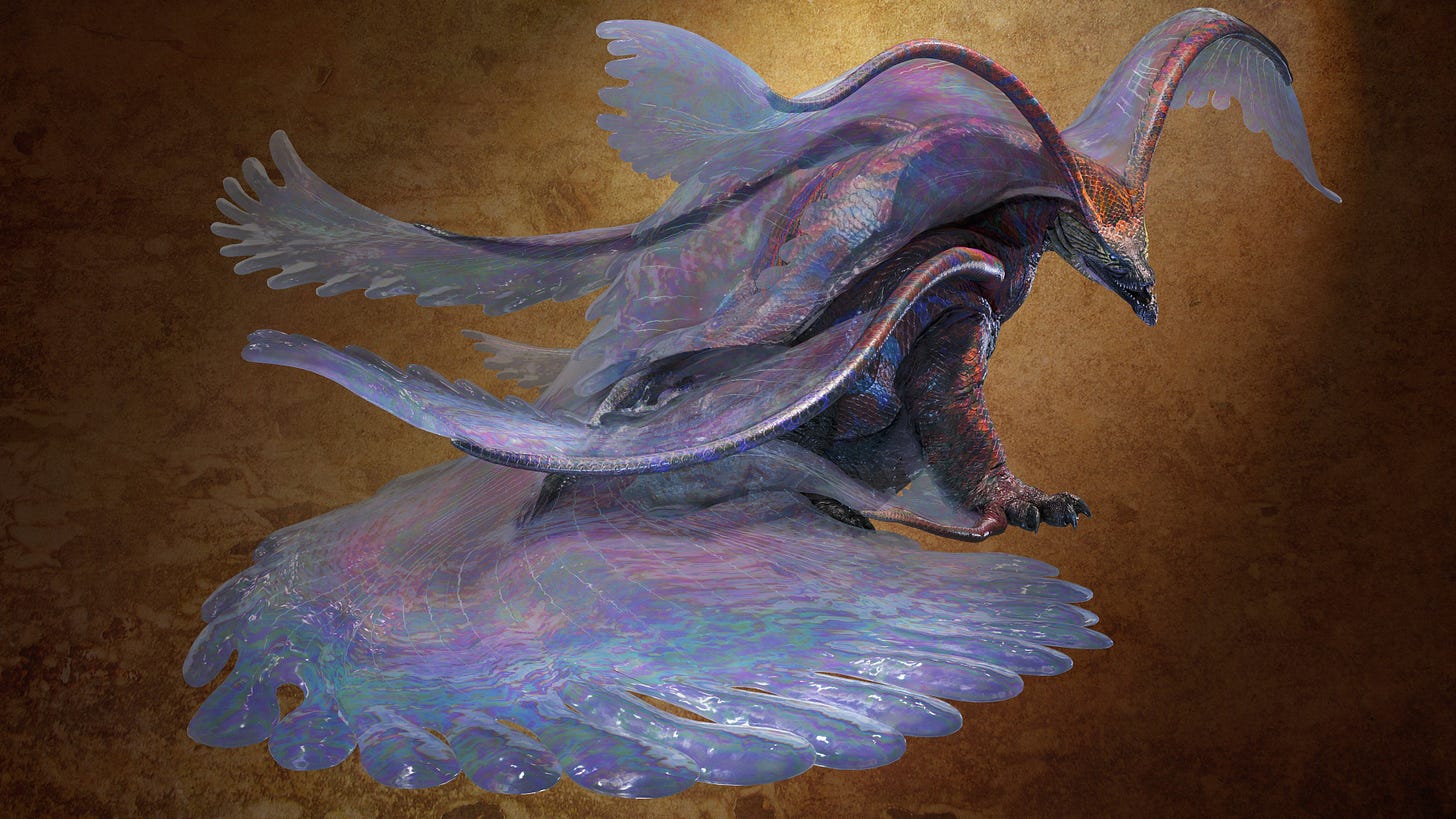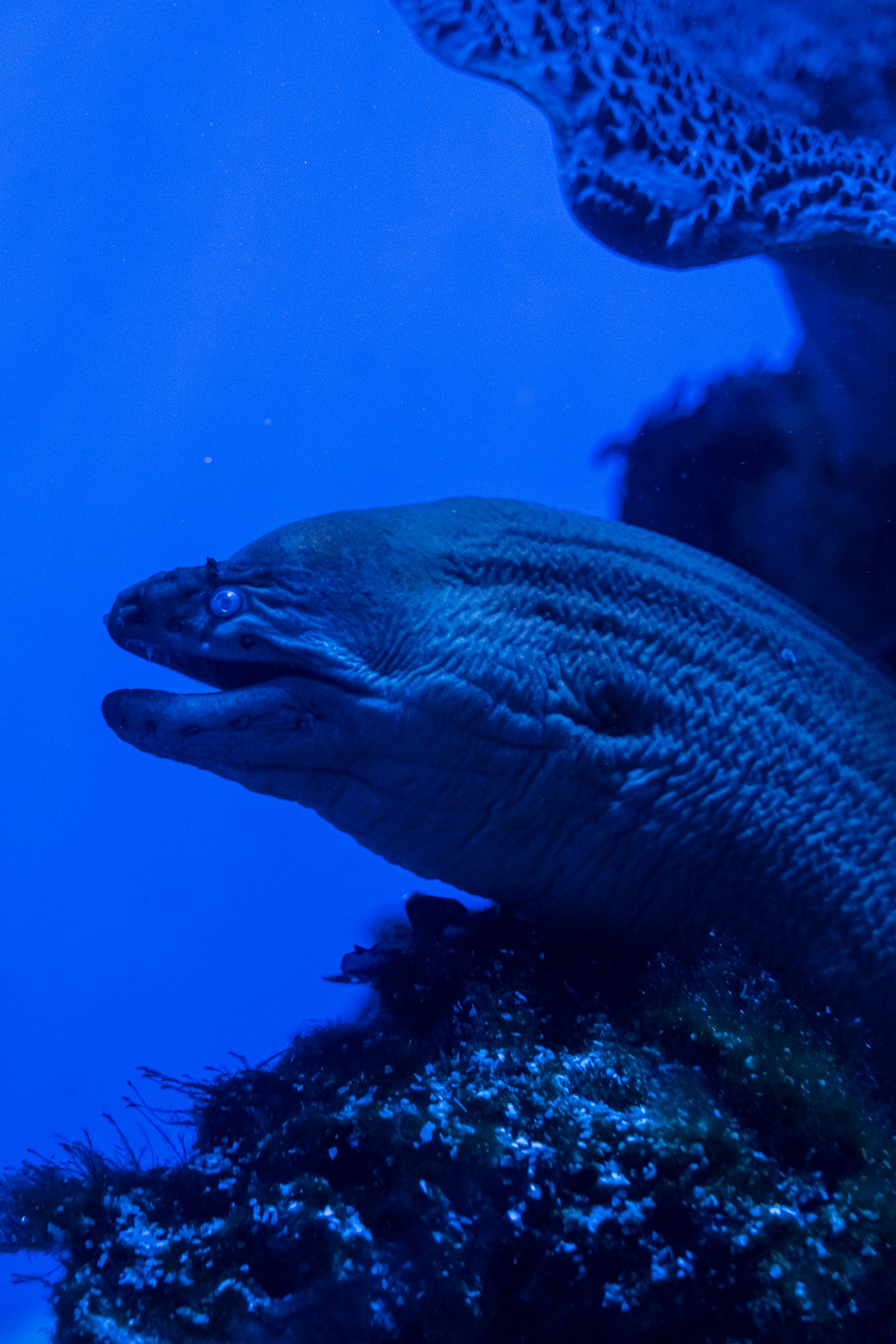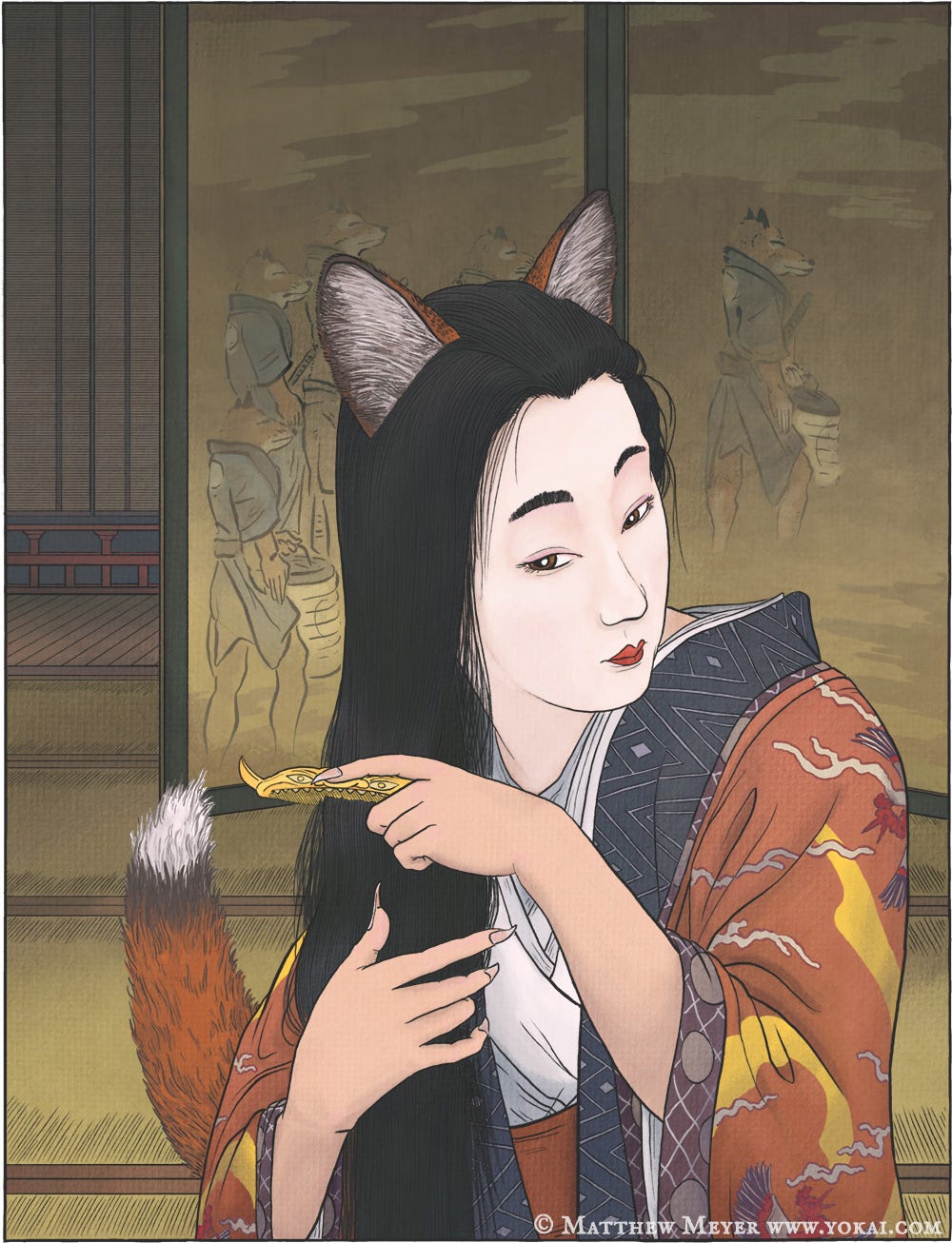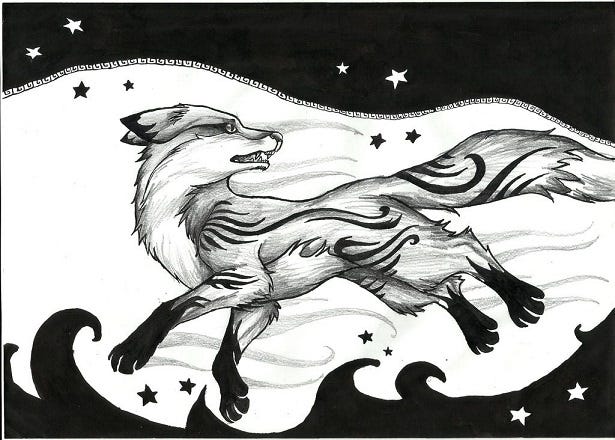The Mythology behind Monster Hunter Wilds
So, I knew absolutely NOTHING about the Monster Hunter series, until a friend of mine got me into the most recent game that came out earlier this year, Monster Hunter Wilds. For anyone who doesn’t know, Monster Hunter is a fantasy action video game series created by Capcom, where you hunt monsters…if the title didn’t make that blindingly obvious! There are 11 games so far in the series, and 331 unique monsters altogether across all the games.
With so many monsters for the developers to create, obviously they would have to pull inspiration from a lot of different sources. The developers themselves have stated that they tend to pull inspiration from real-life animals and then mash bits of them together, which is pretty obvious when you look at some of them!
(The Congalala, for example, is a mix between a monkey and a hippo)
But looking at some of the monsters in specifically Monster Hunter Wilds got me thinking; some of these creatures must be based on myths! And as I’ve stated before, I love finding out about myths and legends from ancient cultures, because of how inspiring it can be for my own work. So, in this blog post, I’m going to be talking about some of the myths that inspired some of my favourite monsters from Monster Hunter Wilds.
Full disclosure! I couldn’t find direct information from the developers themselves about their inspiration on these specific monsters, so a lot of this is either from other sources or a bit of my own speculation after having done some research. So please bear that in mind!
1. Chatacabra
The Chatacabra is an amphibian-type monster with incredibly strong forelimbs, that moves around like a gorilla. Its most notable feature is its very long tongue that it uses to lick and attack enemies.
As soon as I saw this creature, I was immediately reminded of Lickitung from Pokémon. Lickitung is a pink salamander-looking Pokémon which also has a huge, long tongue that it uses to attack its enemies. Since the people who make Pokémon also tend to take inspiration from mythology as well, I was curious whether there could be a connection between the inspiration behind Lickitung, and the inspiration behind the Chatacabra.
(https://gamerant.com/pokemon-baby-form-lickitung-fan-art/)
When I looked up Lickitung’s information on Bulbapedia, it mentioned that Lickitung is mostly based on a salamander, which makes sense. However, it mentioned that it could also be based on the Japanese yokai, Akaname. Considering both Pokémon and Monster Hunter are game series created by Japanese companies, this immediately piqued my interest! After all, yokai is the name for monsters, creatures and supernatural beings from specifically Japanese folklore.
So obviously, I then looked up what the Akaname is. Turns out Akaname means ‘filth-licker’! They are these goblin-like creatures that inhabit the dirtiest of homes and public bathhouses, because they lick up and eat dirt, slime, mould, scum, hair, and human waste. They therefore having very long tongues and crawl about on all fours, just like the Chatacabra! They can also come in a variety of colours, including ‘mottled green’ because it’s reminiscent of the mould they eat. Again, the Chatacabra is also green!
I therefore think it’s possible that the developers may have taken inspiration from the Akaname when creating their Chatacabra, just like the Pokémon company did when creating Lickitung. I realise, of course, it’s likely that the developers were just basing the Chatacabra on a normal toad, since toads and frogs also have long tongues, and the Chatacabra is definitely an amphibian-type monster. But it’s still fun to speculate that this monster might have been inspired by this disgusting yokai as well!
2. Lala Barina
The Lala Barina is a large, spider-like creature with sharp spikes on its legs, fluffy hairs on its thorax and abdomen, and a retractable stinger that paralyses its victims. Its thorax also opens up and resembles a rose in full bloom at will.
Considering the creature’s name, and the fact that it spins and twirls so gracefully when moving about, I wondered if it was inspired by ballerina dancers. As it turns out, its name was inspired by the Spanish word for ballerina, ‘La bailarina’, which specifically means ‘the (she) dancer’.
This got me thinking; was there a connection between spiders and dancing in mythology? Well, one story I found isn’t so much an ‘ancient myth’, but it was something people speculated at the time that turned out to not be true, which you could argue is how ‘myths’ are created. Apparently, in Taranto, Italy, in the 17th century, the city was plagued with a mysterious illness that became known as ‘Tarantism’. The afflicted would dance around frantically for days on end, unable to control this sudden impulse to dance. At the time, people believed it was caused by a spider bite! It was later discovered that it was actually caused by a psychogenic illness, but nonetheless, this connection between a spider’s bite and dancing might have been inspiration for the Lala Barina.
(By Pixabay from Pexels.com)
I also looked up whether there are any specific Japanese myths to do with spiders, since this is a Japanese game. Since spiders come up in a few ancient myths, such as Arachne in Ancient Greek mythology, and Neith in Ancient Egyptian mythology, it didn’t surprise me to find out there is indeed a spider yokai from Japanese mythology. The Jorōgumo is a spider that transforms into a beautiful woman in order to lure men to their nest to feast on. They have a powerful venom that slowly weakens their victims, so they can savour their flesh over several days, meaning they die long and painful deaths.
I found this information about the Jorōgumo interesting because in the cutscene that introduces the Lala Barina, we see one of the male characters, Erik, get lured to the Lala Barina’s nest because he follows a trail of florets that the creature leaves behind. Once he finds the nest, the Lala Barina uses its venom to paralyse Erik and then ensnare him in its web. Arguably, any real-life spider would do something similar, and the Lala Barina doesn’t transform into a woman like the Jorōgumo does. But it does still make me wonder whether the developers did also take inspiration from this spider yokai for their spider monster.
3. Quematrice
The Quematrice straight up looks like a rooster mixed with a T-rex! It’s a type of Wyvern in the Monster Hunter universe, that use their tails to create fire. As soon as I saw this thing, I thought Cockatrice! Turns out I was right, as their name is a mix of the Spanish word ‘Quemar’ which means ‘to burn’, and ‘trice’ from the name ‘Cockatrice’.
The Cockatrice is a creature with the body of a dragon or wyvern and the head of a rooster, from English mythology. Its normally 2 legged to resemble its chicken counterparts. According to legend, it’s created when a chicken’s egg is incubated and hatched by a snake! Some stories say it’s the size of a rooster, while other stories say it’s the size of a dragon. It’s also said to breathe fire or venomous gases, and its feathers can produce toxic gases too.
Needless to say, there’s no way the Quematrice wasn’t inspired by the Cockatrice! Although the Quematrice doesn’t breathe fire, it still uses its feathery tail to produce fire, similar to how the Cockatrice’s feathers produce gases. And even though the Quematrice resembles a T-rex more than a dragon, I believe this is just the developers being a bit more inventive with what a dragon body can look like.
Another interesting little tidbit I gathered from researching the Cockatrice is that, apparently, its natural enemy are weasels. This is probably a stretch, but this made me wonder whether the developers were harkening back to this little factoid in the opening cutscene for the Quematrice. In the cutscene that introduces the Quematrice, it’s harassing some Palicos, which are these small cat-like creatures in the game. As the main character, you have your own Palico, who swoops in to defend their brethren from the monster. Although the Palicos are distinctly cat-like, not weasel-like, I do wonder whether the Quematrice being thwarted by a small, furry, swift creature is a reference to the Cockatrice’s natural enemy!
4. Uth Duna
The Uth Duna is a massive reptilian leviathan with a hefty body that it drags along its 4 limbs while on land. Despite its size, it moves swiftly and gracefully in water. It also has these big, translucent fins that protrude from its body, which it retracts when they’ve been damaged.
When I looked up where the Uth Duna’s name came from, I found out it was a mix of ‘uzu’ which is Japanese for ‘whirlpool’, and the word ‘tuna’. At first, I thought part of its name came from ‘tuna’ because it’s simply a type of fish. But in the Wiki Fandom page for the Uth Duna, it said distinctly, ‘Tuna, a god of eels’. Huh…that sounds like a person or being, not just the fish we eat.
(Photo by Cottonbro Studio from Pexels.com)
Turns out, Te Tuna is the god of eels from Polynesian mythology. The story goes that this massive eel was married to a woman called Hina, who then left him and instead married Maui. And yes, I mean THAT Maui; the demi-god from Polynesian mythology who was popularised by the animated Disney film, Moana.
Te Tuna challenged Maui to a duel for Hina and lost in arguably the most bizarre and gruesome way possible! Maui, being a shapeshifter, shrunk down and entered Te Tuna’s head, and then exploded it from the inside! Maui and Hina then planted bits of his head in their garden, and it grew the very first coconut tree. This story is actually referenced in Moana, in Maui’s song ‘You’re Welcome!’: ‘I killed an eel, I buried its guts, sprouted a tree, now you’ve got coconuts!’
In another version of the myth, Te Tunaroa (his other name), wasn’t married to Hina at all. She was already married to Maui, but Te Tunaroa would watch her and lust over her as she bathed in a nearby pool. One day, he brushed himself against her private parts. When Hina told Maui what happened, Maui chopped him up into little pieces. Those little pieces then transformed into eels and swam away, hence why Te Tunaroa became known as the god of eels.
(Photo by Rachel Claire from Pexels.com)
Either way, considering Uth Duna’s name, and the fact that its head and body do resemble an eel, just fatter and with limbs, it’s not hard to believe that the developers may have taken inspiration from Te Tuna/Te Tunaroa.
5. Mizutsune
Last but not least, my favourite monster in the whole game! The Mizutsune is a long, slender Leviathan that actually has fur on its body! It secretes a soapy fluid that covers its entire body, allowing it to slide effortlessly across any terrain, making it difficult to catch.
As its name might suggest, this monster is meant to be fox-like, as its name derives from ‘mizu’ which means ‘water’ in Japanese, and ‘kitsune’ which means ‘fox’ in Japanese. However, the Mizutsune’s original Japanese name is actually Tamamitsune. The ‘Tama’ part of its name comes from Tamamo-no-Mae, who is widely regarded as the most famous kitsune in Japanese mythology.
Tamamo-no-Mae was a nine-tailed, shapeshifting fox who tried to kill the Japanese emperor and take his place during the Heian period. Although she didn’t succeed, her actions led to one of the most important civil wars in Japanese history. For this reason, she became known as one of the ‘Nihon San Dai Aku Yokai’, the Three Terrible Yokai of Japan.
Before she was given the name Tamamo-no-Mae, she was actually called Mikuzume for a time, which sounds remarkably similar to Mizutsune. Also, before she tried to kill the Japanese Emperor, she also apparently caused the fall of the Shang and Zhou Dynasty in China on two separate occasions, as well as charmed the king of the Magadha kingdom in India to commit unspeakable atrocities during his reign. Like seriously, look up her page on Yokai.com, this fox did some truly awful things while she was alive! She deserves to be the villain in her own movie!
Apart from this obvious connection between Mizutsune and Tamamo-no-Mae, a YouTuber called Romulas actually pointed to another myth that may explain the Mizutsune’s ability to secrete its soapy fluid. There is a famous fox from Ancient Greek mythology called the Teumessian Fox. This fox was sent by Dionysus to punish the city of Thebes for a crime its people had committed. This fox was famous because it was destined to never be caught. Romulas pointed out that this fox’s ability to ‘never be caught’ may have been inspiration for Mizutsune’s soapy fluid, as its fluid makes it harder to catch because its so slippery.
(https://www.ancientgreecereloaded.com/files/ancient_greece_reloaded_website/legendary_monsters/teumessian_fox.php)
And that concludes my research and speculation into some of the mythology that may have (or definitely did in some cases) inspire my favourite monsters from Monster Hunter Wilds! I know this was a longer-than-usual blog post from me, but I hope you enjoyed this deep dive regardless. Let me know if you have any favourite monsters from the series down in the comments, and thanks again for reading!
Sources
https://www.gameshub.com/news/features/monster-hunter-wilds-ecosystem-interview-2648212/
https://monsterhunterwilds.wiki.fextralife.com/Chatacabra
https://bulbapedia.bulbagarden.net/wiki/Lickitung_(Pok%C3%A9mon)#Trivia
https://yokai.com/akaname/?srsltid=AfmBOooxqYGIG_8FxiqLRC45W7qMkF5iC9G7fQl4oSWmIdcZxiF_H4GN
https://monsterhunterwilds.wiki.fextralife.com/Lala+Barina
https://monsterhunter.fandom.com/wiki/Lala_Barina#Notes
https://www.learnreligions.com/spider-mythology-and-folklore-2562730
https://yokai.com/jorougumo/?srsltid=AfmBOooYakA4HIaJGcgZDxanl-FDl4b2YF0rWFhxFUphOEQrjhfkRpfk
https://monsterhunterwilds.wiki.fextralife.com/Quematrice
https://monsterhunter.fandom.com/wiki/Quematrice#Notes
https://www.breedersacademy.com/the-mythical-beast-the-cockatrice/
https://www.britannica.com/topic/cockatrice
https://monsterhunterwilds.wiki.fextralife.com/Uth+Duna
https://monsterhunter.fandom.com/wiki/Uth_Duna
https://www.godchecker.com/polynesian-mythology/TE-TUNA/#google_vignette
https://www.godchecker.com/maori-mythology/TE-TUNAROA/#google_vignette
https://monsterhunterwilds.wiki.fextralife.com/Mizutsune
https://monsterhunter.fandom.com/wiki/Mizutsune
https://yokai.com/tamamonomae/?srsltid=AfmBOorWXQKxjyHkPDPy16LzXSJjF-GpPNZ5mTOAc-gO0YCbgnYodhna
https://www.greekmythology.com/Myths/Creatures/Teumessian_fox/teumessian_fox.html


